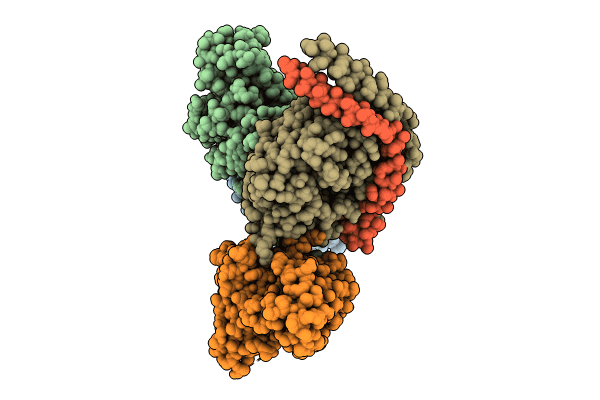
Deposition Date
2024-04-26
Release Date
2024-07-10
Last Version Date
2024-11-13
Entry Detail
PDB ID:
8ZBE
Keywords:
Title:
cryo-EM structure of the octreotide-bound SSTR5-Gi complex
Biological Source:
Source Organism:
Homo sapiens (Taxon ID: 9606)
Oplophorus gracilirostris (Taxon ID: 727944)
Rattus norvegicus (Taxon ID: 10116)
synthetic construct (Taxon ID: 32630)
Oplophorus gracilirostris (Taxon ID: 727944)
Rattus norvegicus (Taxon ID: 10116)
synthetic construct (Taxon ID: 32630)
Host Organism:
Method Details:
Experimental Method:
Resolution:
3.24 Å
Aggregation State:
PARTICLE
Reconstruction Method:
SINGLE PARTICLE


